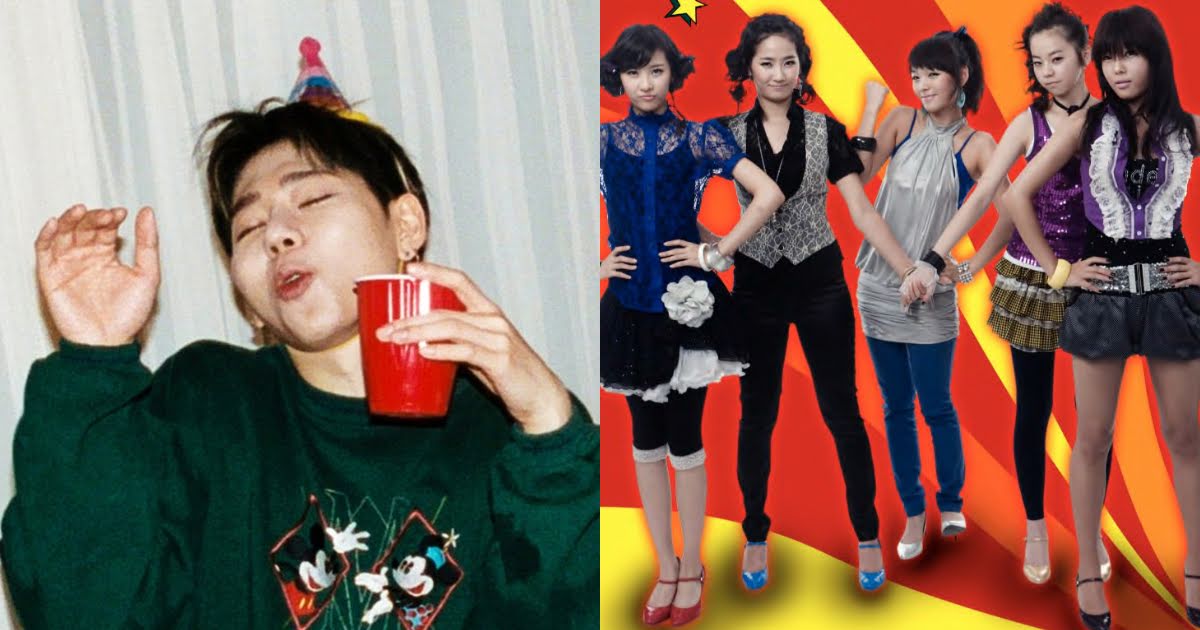“Dance challenges” have become a major component of K-Pop. Not only has it become an indispensable means of promoting new songs, but it also breathes new life into old songs. There are also many cases where the “Sped Up” version is released separately. What is it that makes the “Dance Challenge” so popular?
K-Pop dance challenges | TikTok, YouTube
In the 2000s, UCC (user-created content) was popular and groundbreaking. During that era, the Wonder Girls released the mega-hit song “Tell Me” in 2007. In the early days of YouTube, many people, regardless of age, occupation, or gender, recorded videos of themselves dancing to the song, creating a “syndrome.”
In the 2010s, as high-performance smartphones became widespread and video editing became relatively popular, the UCC concept almost disappeared. With the growth of YouTube, an era has begun where anyone can film, edit, and upload videos. On the other hand, in the music industry, as idol groups’ dances became more difficult, it became difficult to imitate them, and phenomena such as “Tell Me” were difficult to find.
Wonder Girls (left) and Zico (right). | JYP, KOZ
And with the start of 2020, something amazing happened. In January of that year, Zico came up with a “dance challenge” while releasing the track, “Any Song”, which drew an explosive response. “Any Song” became a mega hit thanks to the challenge craze. And from then on, the “dance challenge” began to seep into K-pop. As video production became simpler and short-form (short videos) became the trend, the “dance challenge” became more widespread, and now, four years after the release of “Any Song”, it has become an important component of K-pop.
“Dance Challenges” is largely divided into two categories. It begins when a singer releases a new song, creates a challenge, films a video with other celebrities, and releases it and when a general public releases a video of themselves dancing to a specific song. Although idol group choreography is still difficult, it has become common to include a “challenge choreography” section.
EXO | SM Entertainment
The most successful recent “dance challenge” example is “First Snow” included in EXO‘s winter special album released in December 2013. EXO didn’t start the challenge 10 years ago to promote the song. At the end of November last year, Hwang Se Hoon, the leader of the seven-member dance crew, performed the song at a fast pace and then added creative choreography.
At the time, Hwang released a video on TikTok and not long after, not only the public but also numerous global groups such as Stray Kids, aespa, IVE, and ZEROBASEONE joined in, creating a craze. This is also an example that immediately shows the influence and ripple effect of the “Dance Challenge”.
This video, which was filmed purely with the intention of having fun together, happened to be the most popular dance challenge recently. Hwang said, “There are so many challenges these days that it’s easy to overlook them. I never thought that so many people, including famous singers, would do it. My social media following has increased a lot, and EXO fans especially like it a lot.”
What cannot be left out here is the keyword, “Sped up”. Hwang played the song sped up while doing the challenge. As short forms become popular, sped-up versions of the original songs often become popular not only domestically but also overseas. “Cupid”, which introduced Fifty Fifty to the world, also first became known as a sped-up version on TikTok. The Sped Up version is often used as background music in various short forms as well as dance challenges.
Sped-up version music is no longer unfamiliar. BTS’s Jungkook released a remix series after releasing his single “3D” and included a sped-up version. LE SSERAFIM included a sped-up version with the release of “Perfect Night”while aespa also released sped-up versions of “Drama” and “Jingle Bell Rock”.
With this, dance challenges and sped up versions, which provide unique entertainment, are popular overseas, but are especially popular in Korea, where they have become a new trend in K-pop.




